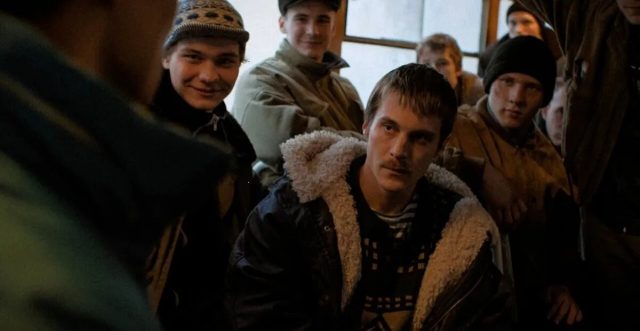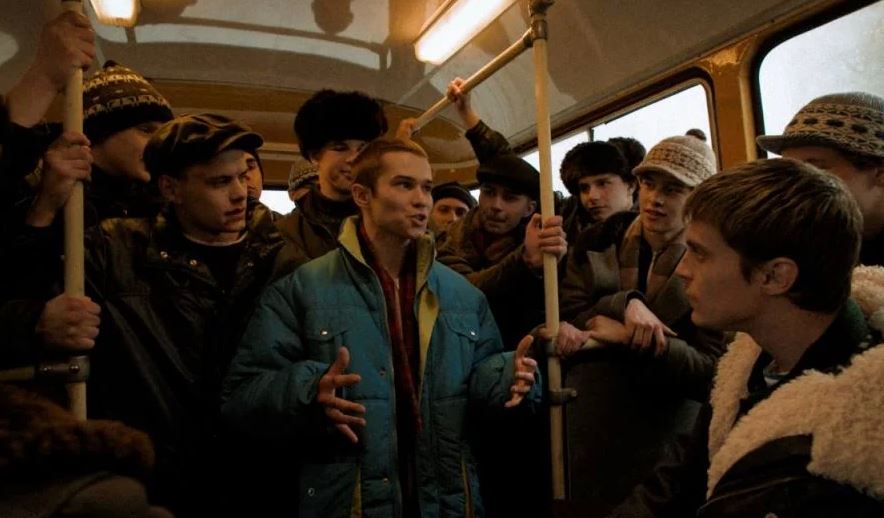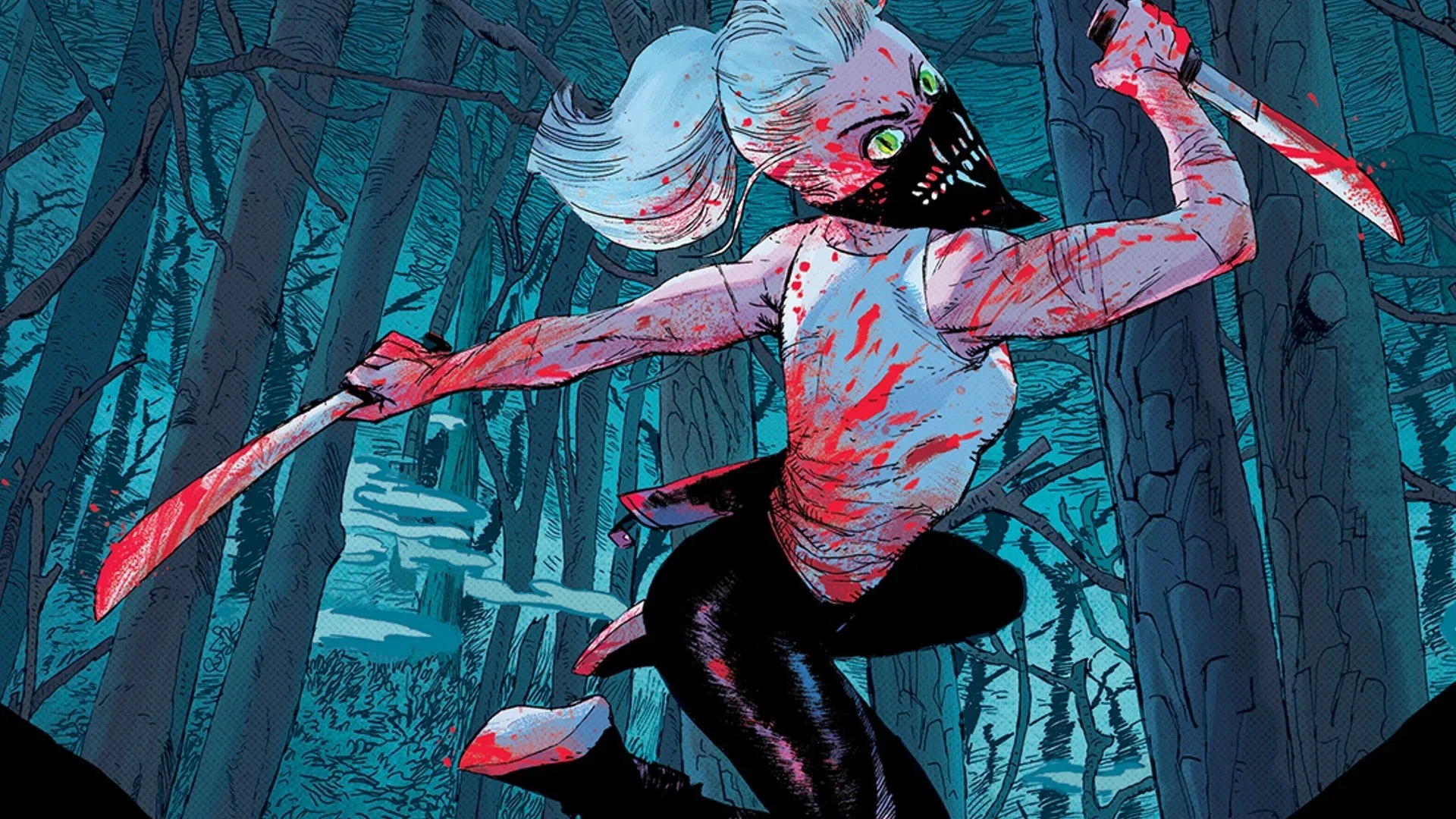From the series “The Boy’s Promise”. In the book “Blood on the Asphalt”, many people learned about the phenomenon of street gangs in Kazan in the late 1980s and 1990s. Viewers who spent their childhood and adolescence during this period remember their skin crawling when they encountered gangs of young criminals who destroyed everything in their path. Despite the apparent style of the anarchists, each group had its own code of ethics, which might seem crazy today. But then even draconian rules created the semblance of control in a state that was crumbling before our eyes. The picture of the period can be judged from the crime chronicles of NTV. And we found for you documentaries about real organized crime groups of those years, which objectively record the path of the “boys” from the gang to the grave, with the obligatory “points” in the form of colonies and hospitals.

Warning: This material may contain descriptions of scenes of violence and is not intended for people with reduced psychological stability. This material is published for informational purposes only. The author’s duty is to prevent possible accidents that may happen to a person caught in a gang.
“Space”, direction. Nikolai Morozov and Robert Khisamov (1987)
“What drove these good men to commit crimes: theft, robbery, fighting, rape? Is there really nothing sacred left in these? The authors of the film, Robert Khisamov and Nikolai Morozov, try to answer these questions. They decided to find out about this from the participants of the story, the young prisoners of the colony. The characters in the story try to understand how they fell into the pier in different ways. One concludes: “Because of my own stupidity.” “Everyone has some guilt: school, family, Komsomol,” says another. The third said that the teacher at the school had closed down the judo section, so the children had two options: drink themselves to death from idleness or earn money by robbing them on the street. These and other explanations can be learned from the documentary film “Void”.
“Teenagers’ Scary Games”, dir. Nikolai Morozov and Robert Khisamov (1987)
They say that the screening of this film was banned in the USSR due to the abundance of scenes of cruelty, but in practice the Ministry of Education organized demonstrations for high school students. The authors of the documentary “Teenagers’ Scary Games”, unlike the previous film, focused on the consequences of such a lifestyle, instead of identifying the reasons that push young people to crime. The narrative begins with the arrested “gopniks” beating to death a friend of theirs who is not from their gang. At the same time, the statistics of regional gangs are shocking: in one city alone there can be more than 60 gangs, out of 300 people prosecuted for fighting, only 16 people were sentenced to prison. “Won’t others believe in their impunity?” – asks the voice-over. The film focuses mainly on the trial and the hospitals where the victims, including the gopniks, stayed.
“Shouting. Vocational school is not from the front door”, dir. Nikolai Morozov and Robert Khisamov (1988)
The third part of Gopnik’s trilogy about “The Scream”. “Vocational school is not from the front door” by Morozov and Khisamov shows “the diseases of the vocational school system itself”, which does not provide young criminals with the opportunity to break out of the vicious circle. The narrative begins with a shot of the broken skull of the 13 bird hunter’s victims. Parents on both sides believe that it all starts with school, where teachers divide children into “good” and “bad”. The latter see themselves as outcasts trying to gain recognition in street gangs. Many children were angry that the school “kicked out” them from the eighth grade and deprived them of the opportunity to achieve something in life. Moreover, since the management of the vocational school does not instill authority among young people, they go out to the streets instead of going to school.
“What about your garden?”, dir. Valentina Kuzmina (1987)
Young people will “shift” from “district to district”. Why will they beat you? “Because you’re on foreign soil, because you have hair that’s too long, or because you’re wearing a foreign T-shirt.” And, as the author of the film Valentina Kuzmina noted, very soon “another life lives where our victories are celebrated and holiday fireworks sparkle.” Juvenile offenders take themselves from the street directly to a hospital bed, dock or morgue. Schoolchildren say they skip their last classes to avoid becoming victims of bullying because older children have all the power. Particular attention is paid to the “Cascade” detachment, which opposes the Kazan hooligans and helps everyone who wants to leave the groups.
“Pieces from the Orekhovskys”, dir. Vakhtang Mikeladze (2004)
Vakhtang Mikeladze’s film tells about a gang in which a large “Orekhovskaya” group operates in the south of the capital. The leader of the gang, Sergei Timofeev, nicknamed Sylvester, instilled terror in his rivals, but with his death in September 1994, a bloody showdown for power began between members of the organized crime group. The documentary also focuses not only on the investigation and prosecution of crimes of the 80s, but also on the prosecution of gang members who continued their activities in the 90s and even the early 2000s.
“Kushchevka. “When the village is quiet.” Alexander Zvyagintsev (2020)
The Tsapkov gang, also known as the Kushchevskaya organized crime group, went down in criminal history with kidnappings and brutal massacres, especially of children. The leaders of the group were brothers Nikolai and Viktor Tsapka, who lived in the village of Kushchevskaya, Krasnodar Territory. They were engaged in illegal businesses such as meat buying, racketeering and robbery. In the 1990s, the leader of the group was Nikolai Tsapok Jr., son of Viktor Tsapok, nicknamed Kolya Besheny. happened. His younger brother Sergei helped him. Members of the organized crime group not only forced local farmers and entrepreneurs to pay extortion, but also raped girls, beat people in the area if they “didn’t like their face” and killed them with extreme cruelty. Directed by Alexander Zvyagintsev, the film tells all the events, hierarchy and concepts in the group, as well as the story of the trial of the criminals.
“City of Sins” from the series “Soviet Mafias” broadcast on TVC
This documentary film is dedicated to the investigation of the activities of the Kazan criminal group Tyap-Blyap. The gang of schoolchildren received this strange name from their place of residence in the area where the Teplokontrol factory is located. Their trademark was a three-pronged crown in the shape of two letters, “T” and “K”. They started their criminal activities in 1974. In the Republic of Tatarstan, they competed with Khadi Taktash, Borisovskie, Tukaevskie, Pavlyukhinskie and other organized crime groups. The leader of the gang was Zavdat Khantimirov, nicknamed Dzhavda, a vengeful and physically strong fighter who practiced boxing and sambo. Therefore, he had great authority. He followed the rules strictly. He was officially listed as an electrician. Learn more about the hierarchy in the group, their crimes and their fate in the documentary.
Source: People Talk
Errol Villanueva is an author and lifestyle journalist who writes for The Fashion Vibes. With a passion for exploring the latest trends in fashion, food, travel, and wellness, Errol’s articles are a must-read for anyone interested in living a stylish and fulfilling life.





